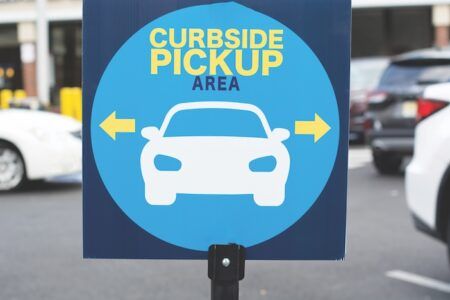Professor Nick Reed, founder and CEO of Reed Mobility, takes a brief look at the history of automated parking systems – which have for many years been added as a premium feature to cars but are now being quietly discontinued – and asks what lessons autonomous vehicle (AV) developers can learn
Even if you are regular commuter making the same trip day after day, no two driving journeys are ever identical. Of course, traffic and weather conditions can never be exactly the same, but age is also a factor, both for us as humans and for our vehicles. Wear and tear can take its toll on both!
However, a common feature to every journey is that one’s vehicle must be brought to a safe stop at a suitable location. This task might be simple, consistent and predictable, such as parking on a driveway, or it could be much more challenging – a visitor in an unfamiliar rental vehicle looking for a slot on the narrow, terraced streets of an inner London suburb contending with other road users. Having certainty over where one’s journey is going to end is an important element of feeling comfortable on a drive.
This is particularly true for drivers with additional needs. For example, a disabled driver might need space to be able to access their wheelchair. Not being able to find a suitable space might render an entire journey pointless. Parking apps offer users confidence over the likelihood of finding a parking space with real time updates on space availability and the ability to book and pay for spaces before setting off.
“Unfortunately, in my experience, [automated parking] systems are generally underused”
Confidence over having a parking space is helpful but, having found a suitable spot, you still need the skill to complete the parking maneuver. Anyone who has lowered the volume of their radio when parking will recognize the mental focus that this requires. It can be a mix of visual scanning, hand-eye coordination, and delicate pedal control.
However, electronic assistance is at hand. For more than 20 years, cars have been equipped with automated parking systems. When engaged, they monitor the environment for a suitable parking space, notify the driver when one is found and then complete the parking maneuver. This can be particularly beneficial for drivers that have visual or motor impairments that make parking more challenging.
Unfortunately, in my experience, these systems are generally underused through a combination of poor user interfaces, sluggish maneuvering and the requirement for the driver to remain alert and attentive with liability still on them if any collisions occur. Impatient drivers therefore often feel it is easier simply to park the vehicle themselves. The aversion to the system is such that some manufacturers are deleting automated parking from their vehicles, saving cost and complexity without minimal impact on sales appeal.
Eventually, fully self-driving systems will become commonplace, removing the human challenges of parking. Advocates will tell you that this will free up city space and that occupants can relax as the vehicle navigates safely to its destination. Automated parking provides a cautionary tale, however – get the user experience wrong and drivers will be back with the wheel in their hands in less time than it takes to parallel park.
This column was first published in the March 2025 edition of TTi magazine





